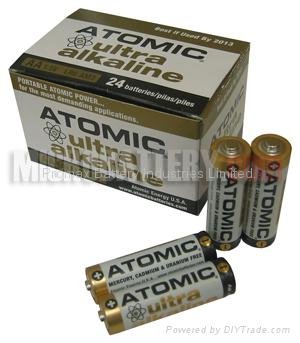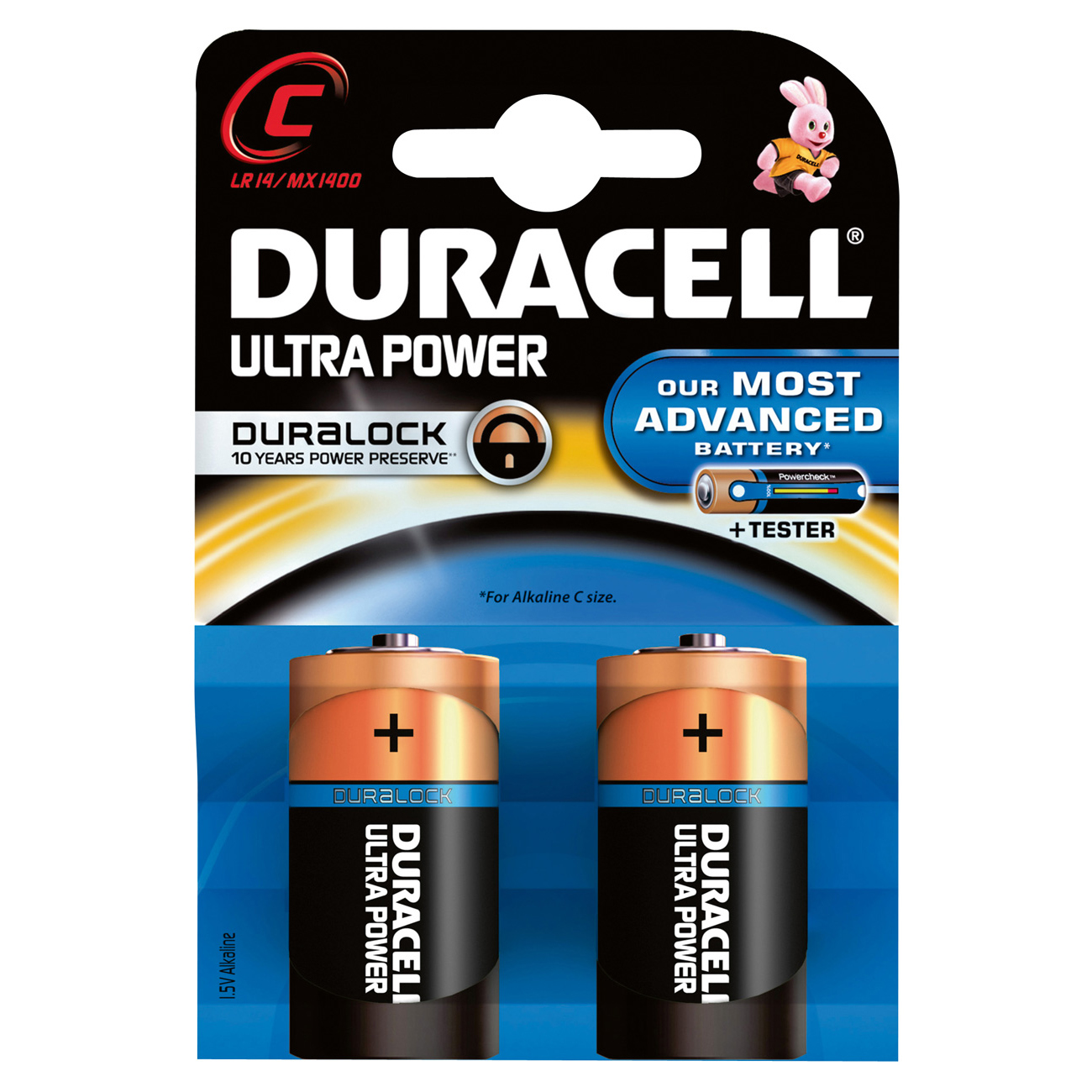
American standards were revised several times during the following decades, as new sizes of cells were introduced and new chemistry developed, including chloride, alkaline, mercury and rechargeable types. Standardization of batteries in the United States started in 1919, when the US National Bureau of Standards published recommended test procedures and standard dimensions of cells. ( October 2013) ( Learn how and when to remove this template message) Unsourced material may be challenged and removed. Please help improve this article by adding citations to reliable sources in this section. This section needs additional citations for verification. īritish standard 397 for primary batteries was withdrawn and replaced by the IEC standard in 1996. Since 1992, International standard IEC 60086 defines an alphanumeric coding system for batteries. The first IEC standards for battery sizes were issued in 1957. Certain cell designations from earlier revisions of the standard have been retained. Battery types are designated with a letter/number sequence indicating number of cells, cell chemistry, cell shape, dimensions, and special characteristics. The current designation system was adopted in 1992.

The IEC maintains two committees, TC21 established in 1933 for rechargeable batteries, and TC35 established in 1948 for primary batteries, to develop standards. The International Electrotechnical Commission (IEC) was established in France in 1906 and co-ordinates development of standards for a wide range of electrical products. Modern standards contain both systematic names for cell types that give information on the composition and approximate size of the cells, as well as arbitrary numeric codes for cell size. Both standards give dimensions, standard performance characteristics, and safety information.
1.5 volt battery lr03 series#
Two of the most prevalent standards currently in use are the IEC 60086 series and the ANSI C18.1 series. Civilian, commercial, government, and military standards all exist.

National standards for dry cell batteries have been developed by ANSI, JIS, British national standards, and others. The same physically interchangeable cell size may have widely different characteristics physical interchangeability is not the sole factor in substitution of batteries. The complete nomenclature for the battery will fully specify the size, chemistry, terminal arrangements, and special characteristics of a battery. Popular sizes are still referred to by old standard or manufacturer designations, and some non-systematic designations have been included in current international standards due to wide use. Technical standards for battery sizes and types are set by standards organizations such as International Electrotechnical Commission (IEC) and American National Standards Institute (ANSI). The long history of disposable dry cells means that many manufacturer-specific and national standards were used to designate sizes, long before international standards were reached.
1.5 volt battery lr03 portable#
Standard battery nomenclature describes portable dry cell batteries that have physical dimensions and electrical characteristics interchangeable between manufacturers.


 0 kommentar(er)
0 kommentar(er)
